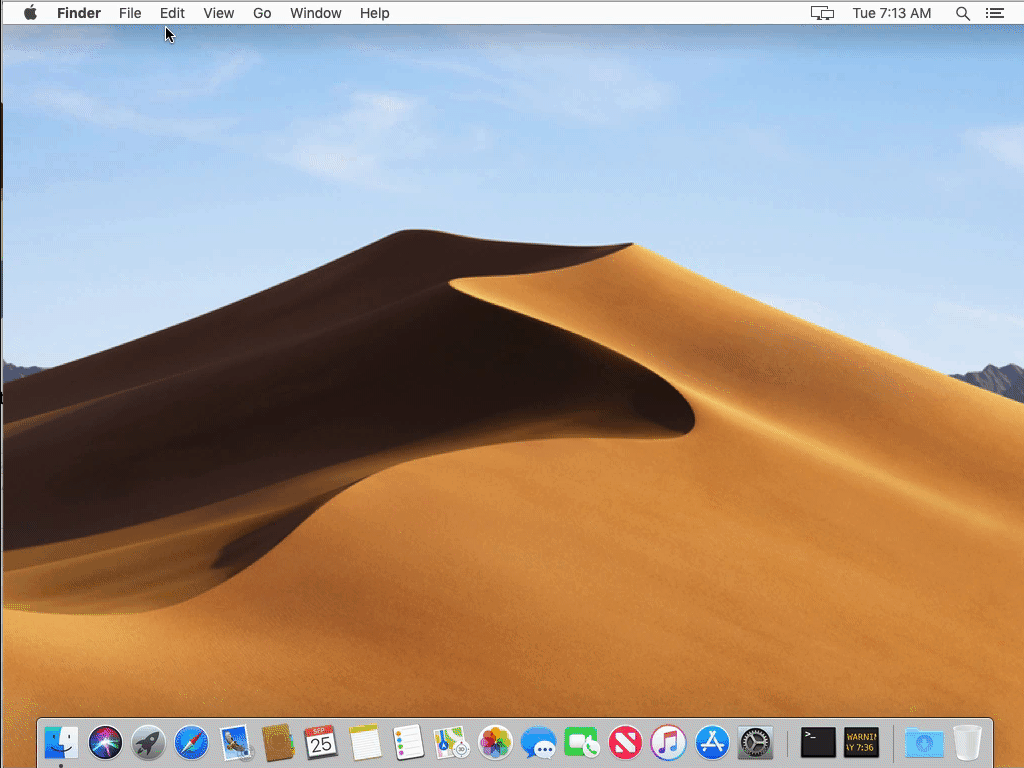
The Character Viewer is also your go-to source for finding and using the thousands of picture-based characters in fonts such as Apple Symbols, AppleGothic, and Lucida Grande. You can also add a character to your list of Favorites by clicking the “Add to Favorites” button beneath its preview on the right. The Character Viewer even remembers the characters you use the most-simply click Frequently Used to see them.

Click once to see variations of that character in other fonts, and double-click to insert it into your text. For example, the elusive Ⓟ character lives in the Letterlike Symbols group. The super handy Character Viewer conveniently clusters the characters in all your active fonts into logical groups. (This menu also doesn’t appear if Key Repeat is turned off in System Preferences > Keyboard.)įor even more special characters, use the Fonts panel (top) to access the Character Viewer (bottom). If no additional characters are available for the key you’re holding, the menu won’t appear. To dismiss the menu, either type a different character or press the Escape key. To use one of the alternates, either type the number that appears beneath it, or click the one you want. Recent versions of OS X provide an additional way to access the accented or alternate versions of a character while typing-hold down the letter’s key for a second and you’ll see a list of alternates appear in a popup menu. Another way to do it is to simply use keyboard shortcuts for example, to create the umlauted u (ü), type Option-u and then u.

To apply these marks, keep holding down the Option key and then click the orange key in the Keyboard Viewer (or on your physical keyboard) and then click the letter on your physical keyboard that you want to apply it to. When the Option key is held down, some keys appear in orange to indicate diacritical marks that can be added above some letters. If you press and hold the Option key, you see even more characters, as shown below.įrom top to bottom, the Keyboard Viewer with no modifier keys held down, with Shift held down, with Option held down, and with both Shift and Option held down. For example, if you press and hold the Shift key, the top row of keys changes to a tilde, exclamation point, ampersand, and so on. To view more characters, press and hold modifier keys on your keyboard. When you first open the Keyboard Viewer, it matches the characters you see on your keyboard, which isn’t very exciting.

:max_bytes(150000):strip_icc()/001-back-up-startup-disk-utility-2260102-ff320a636b41416a92fffadea1de5f96.jpg)
If you don’t see this Input icon, open System Preferences > Keyboard (bottom) and turn on “Show Keyboard & Character Viewers in menu bar.” If you don’t see it, head to System Preferences > Keyboard, and check “Show Keyboard & Character Viewers in menu bar.” It looks like a tiny window with the Command key symbol on it or, if you’ve enabled multiple languages for your keyboard, it looks like a flag instead. To summon the Keyboard Viewer, choose Show Keyboard Viewer from the Input menu in your Mac’s menu bar shown below. More importantly, you can access hidden characters by holding down your keyboard’s Shift and Option keys, separately or together. The Keyboard Viewer displays an onscreen representation of your Mac’s keyboard, and lets you insert a character into your text by clicking its key on a virtual keyboard. If your special character needs extend beyond this short list, cozy on up to OS X’s Keyboard and Character Viewers. These keyboard shortcuts work in any application and in any field into which you can enter text-even the copyright field in Lightroom’s Library module and the Info dialog in Photoshop.


 0 kommentar(er)
0 kommentar(er)
